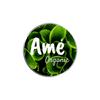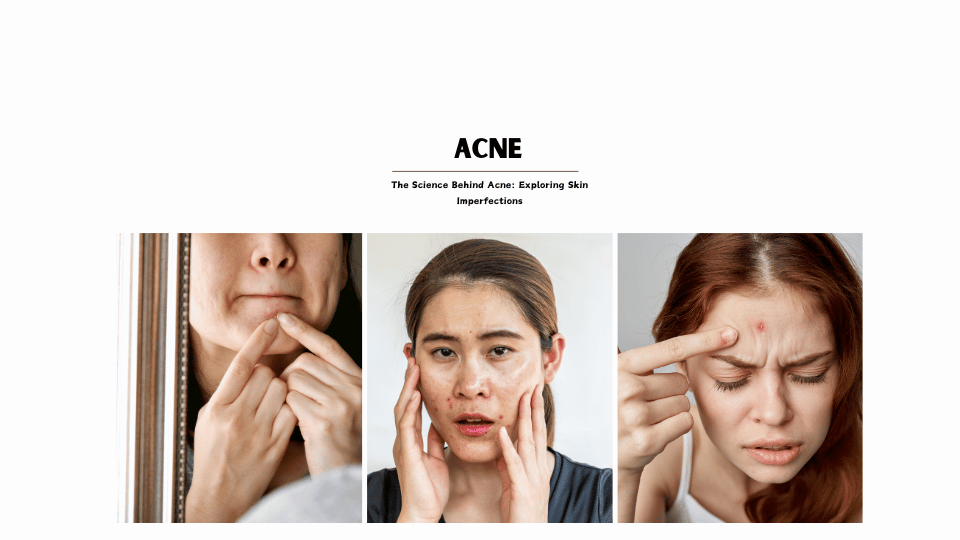Introduction
Ever wondered why those annoying pimples keep showing up? Acne is more than just a few bumps on your face; it’s a common skin condition that most teens encounter. Let’s dive into the world of acne and discover how it forms and why it happens. Emerging studies on neurocosmetics reveal promising uses in acne reduction, focusing on the skin-brain connection and stress management as key factors.
What is Acne?
Acne, also known as acne vulgaris, is a common skin problem that often starts during puberty. When hormonal changes trigger oil glands to produce more sebum, pores can get clogged, leading to blackheads, whiteheads, and pimples. Neurocosmetics, utilizing ingredients like neuropeptides and adaptogens work to reduce acne effectively.
How Does Acne Form?
- Oil Glands and Sebum: Your skin has oil glands that produce sebum, an oily substance that helps carry dead skin cells to the surface. During puberty, these glands produce excessive oil.
- Clogged Pores: When excess oil combines with dead skin cells, it can clog your pores. If the clogged pore is open, it becomes a blackhead. If it’s closed, it forms a whitehead.
- Bacteria and Inflammation: Sometimes, bacteria called Propionibacterium acnes get trapped inside these clogged pores, causing inflammation. This is when red, swollen pimples appear.
Types of Acne
- Non-Inflammatory Acne: Includes blackheads and whiteheads. Blackheads are open clogged pores that turn black due to exposure to air. Whiteheads are closed clogged pores.
- Inflammatory Acne: This type involves pimples that are red, swollen, and sometimes filled with pus. It can lead to painful lumps called nodules and cysts.
Different Forms of Acne
- Fungal Acne: Caused by an overgrowth of yeast in hair follicles, leading to itchy, inflamed bumps.
- Cystic Acne: Characterized by deep, pus-filled pimples and nodules that can cause scarring.
- Hormonal Acne: Often affects adults and is linked to hormonal changes, especially in women.
- Nodular Acne: Severe acne with painful lumps beneath the skin.
Where Does Acne Appear?
Acne can show up anywhere you have oil glands, but it’s most common on the:
- Face
- Forehead
- Chest
- Shoulders
- Upper back
Symptoms of Acne
- Pimples: Red, pus-filled bumps.
- Blackheads: Open clogged pores with a black top.
- Whiteheads: Closed clogged pores with a white top.
- Nodules: Painful lumps under the skin.
- Cysts: Large, painful, pus-filled lumps.
Causes of Acne
Acne is mainly caused by clogged pores, but several factors can contribute, including:
- Hormonal changes
- Genetics
- Stress
- Certain skincare products
- Diet and lifestyle
Conclusion
Acne can be quite a challenge, but it's manageable with the right knowledge and treatments, including innovative solutions like Neurocosmetics. Understanding what causes it, knowing the types, and using effective treatments and prevention tips, such as those found in Neurocosmetics formulations are the keys to achieving clear skin and boosting your confidence. Also, Neurocosmetics offers a science-backed approach to support your skincare journey effectively. Remember, consistency and patience are crucial in winning the battle against acne!
Recent advancements in neurocosmetics have unveiled a more holistic and effective approach. By understanding the intricate connection between the nervous system and skin health, neurocosmetics leverage organic products to combat acne at its root. One such product is Ame Organic, enriched with natural ingredients, that not only soothe inflammation and reduce bacteria but also target the stress-related triggers of acne. This innovative blend of neuroscience and organic skincare offers a promising, gentle, and effective solution for those seeking to achieve clearer, healthier skin without the harsh side effects of traditional treatments.
Dive into where beauty meets neuroscience with these curated Articles just for you:
- https://www.ncbi.nlm.nih.gov/pmc/articles/PMC3780801/
- https://doi.org/10.1111/bjd.13634
- https://onlinelibrary.wiley.com/doi/abs/10.1111/exd.14172
- https://doi.org/10.15244/pjoes/130525

